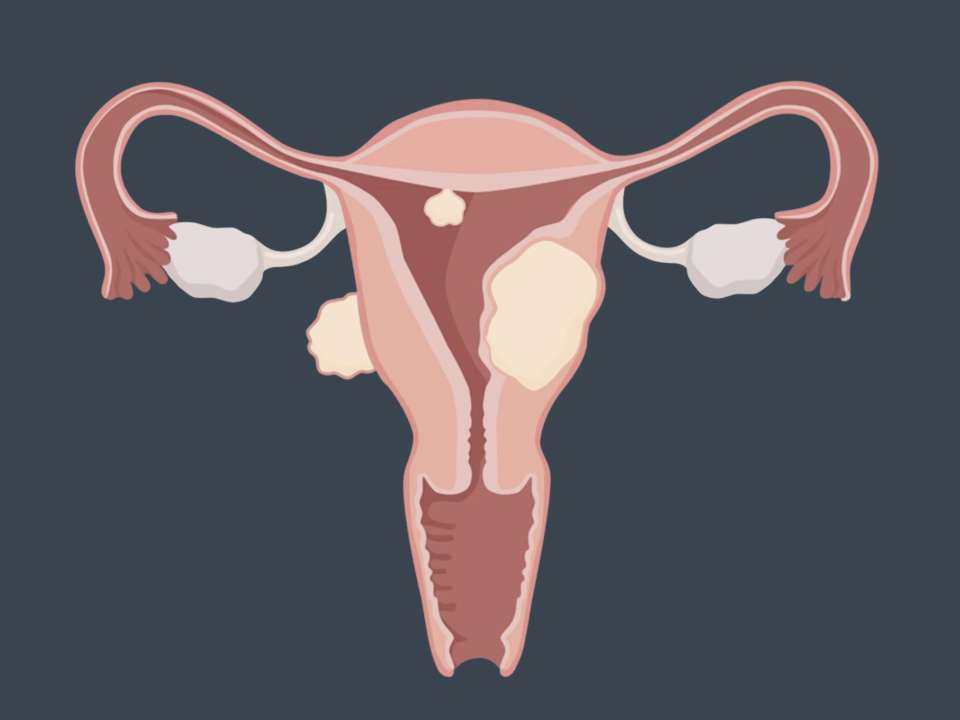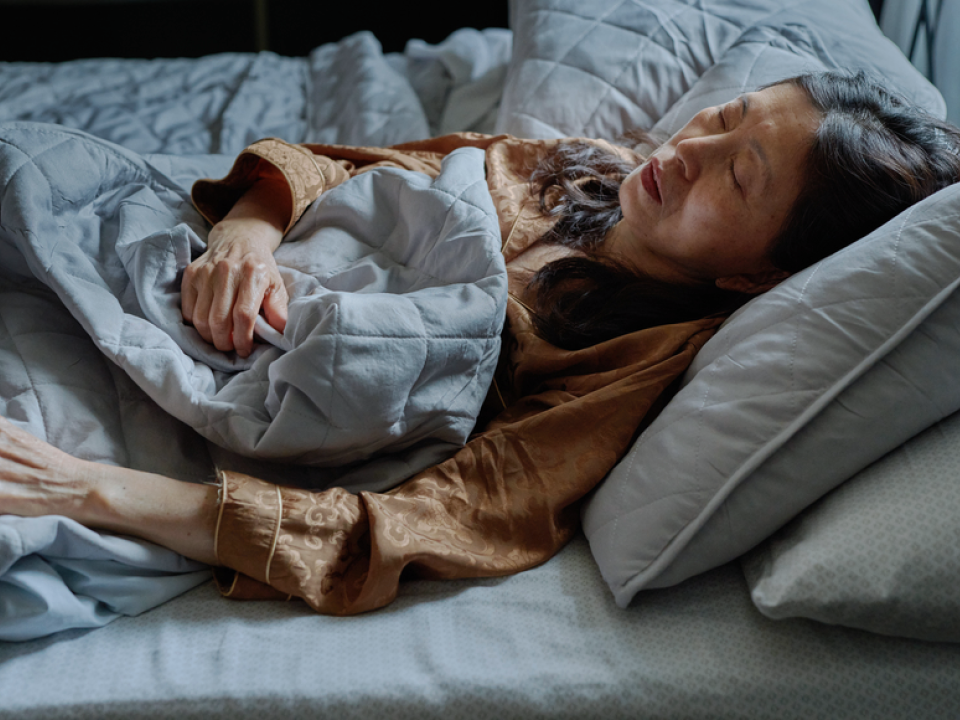
Emilia Clarke, the actress made famous by her role as Daenerys Targaryen aka the Mother of Dragons on “Game of Thrones,” recently shared her story of how she had two brain aneurysms in-between filming seasons of the show.
Her story is incredible — and alarming. Though Clarke received expert medical care and made a full recovery, it’s scary to think of a young, seemingly healthy woman nearly dying from a condition commonly thought to occur only in much older adults.
While aneurysms are more common in older people, they can happen at any age, says Michael Levitt, M.D., a neurosurgeon who studies aneurysms and practices at Harborview Medical Center.
“The oldest patient I treated was in their 80s, and the youngest was 3,” he says.
They are also more common in women, regardless of age, race or socioeconomic status, he says. Doctors don’t know why.
So what exactly are aneurysms? Why do they form? And how can they be prevented?
A cul-de-sac in your brain
There’s a common misconception about the word aneurysm. Most people use it to describe a bleeding artery in the brain. To doctors, however, that’s more accurately called a ruptured or burst aneurysm. The aneurysm itself is just a weak, bulging artery that could, at some point, break.
“Think about brain arteries as being a highway going somewhere, and an aneurysm is like a cul-de-sac: it doesn’t go anywhere and it has a circular shape,” Levitt says.
Levitt says that many of his patients discovered they had an aneurysm when they went to the doctor for something else, like migraines or a mild traumatic brain injury, that required a brain scan. The previously unknown aneurysm was then discovered in the scan.
What happens when an aneurysm bursts
If an aneurysm does burst, what happens next depends on how much it bleeds. Many times, aneurysms will rupture, bleed a little and then clot on their own. This often allows enough time for the person to get to the hospital and undergo emergency treatment to prevent further bleeding.
If an aneurysm doesn’t stop bleeding quickly, not much can be done, unfortunately; too much bleeding will cause sudden death.
For aneurysms that do stop bleeding, that doesn’t mean the risk is averted, however; it’s absolutely an emergency.
“What’s dangerous about leaving it untreated is the incidence of recurrent rupture is high, about 20% in the first two weeks. The mortality of re-rupture is as high as 80%,” Levitt says.
Because of this, all suspected aneurysms are treated as quickly as possible, he says.
What causes an aneurysm?
Though the bulge of an aneurysm is unmistakable when doctors discover one, what caused it to be there and why it burst is a different story.
Some aneurysms can be caused by a gene passed down in someone’s family, similar to the breast cancer gene, Levitt says. However, this accounts for just a small number of them.
“When patients see me, they ask, ‘Do my children need to get screened?’ The answer is almost always no,” he says.
In most cases, the cause of an aneurysm is unknown. However, smoking is strongly connected with developing an aneurysm, as is having high blood pressure (though to a much lesser extent).
What’s the connection between aneurysms and stroke?
Levitt says he gets asked all the time how aneurysms and stroke are connected, and he’s not surprised, since the term “stroke” can be unclear.
“Stroke as a name includes both bleeding and lack of blood flow, so it’s confusing,” he says.
A stroke that prevents normal blood flow to the brain is called an ischemic stroke, and it’s the most common type. The other type is a hemorrhagic stroke, which involves bleeding in the brain.
“All aneurysms that bleed are a type of hemorrhagic stroke,” Levitt says.
What an aneurysm feels like
There is one symptom of an aneurysm that always happens and that is unmistakable: the headache. Or, as Levitt says, “the worst headache of your life.”
Along with debilitating head pain, your vision might blur over or you may start seeing double. You might feel nauseated and throw up. In extreme cases, people lose consciousness.
But whatever the specific combination of symptoms, they’re pretty obvious that something serious is happening.
“It’s one of the few things in a doctor’s line of work that’s very clear-cut,” Levitt says.
How doctors treat aneurysms
There are two main ways doctors treat aneurysms. One is called endovascular treatment and is minimally invasive, meaning it doesn’t involve surgery. It instead involves a doctor using a catheter to insert small metal coils or stents into the artery where the aneurysm is. The metal coils promote clotting, blocking off blood flow to the aneurysm and preventing it from rupturing.
The other method involves surgery. Doctors operate to locate the aneurysm and clip it off with a titanium clip that prevents blood flow to it, similar to the way you tie off a balloon so air can’t escape, Levitt says.
“What treatment you get really depends on where it is, how it’s shaped and what’s considered safest for each patient,” he says.
Levitt is part of a team at the Stroke and Applied Neuroscience Center, where doctors are studying aneurysms to better understand how they form, grow and rupture and how best to treat them. Current projects include using genomic analysis to learn what causes brain aneurysms, and creating 3D printed models of individual aneurysms to study them and develop personalized treatments.
Recovery after an aneurysm rupture
Though an aneurysm rupturing is an emergency, if people get treated quickly, many can go back to their normal lives shortly after, Levitt says.
How well someone recovers depends on a few different factors. If the person didn’t lose consciousness, they have a better chance of responding well to treatment. Being treated at a hospital that quickly recognizes the problem and has doctors who are experts at treating aneurysms is also helpful.
People who are younger or who don’t have other medical conditions stand a better chance as well, Levitt says.
“You can completely recover from an aneurysm rupture. We see it all the time,” he says.
Levitt estimates around 20% of people who have an aneurysm will get another, like what happened to Clarke, but that doesn’t mean the second one will ever rupture.
Should you be concerned about aneurysms?
Though aneurysms are scary, Levitt hopes people will take them into perspective and try not to worry.
While there are around 30,000 cases of ruptured aneurysms each year in North America, that’s a very small percent of the country’s population.
Doctors don’t know exactly how many people have an aneurysm that doesn’t rupture, but Levitt says there’s some research that points to around 1% of the population having one. If that number is accurate, that means only around 1% of people who have aneurysms experience a rupture, Levitt says.
“It’s a fairly common problem to have an aneurysm, but it’s actually a rare thing to have it rupture,” he reassures.

 Healthy ideas for your inbox
Healthy ideas for your inbox





